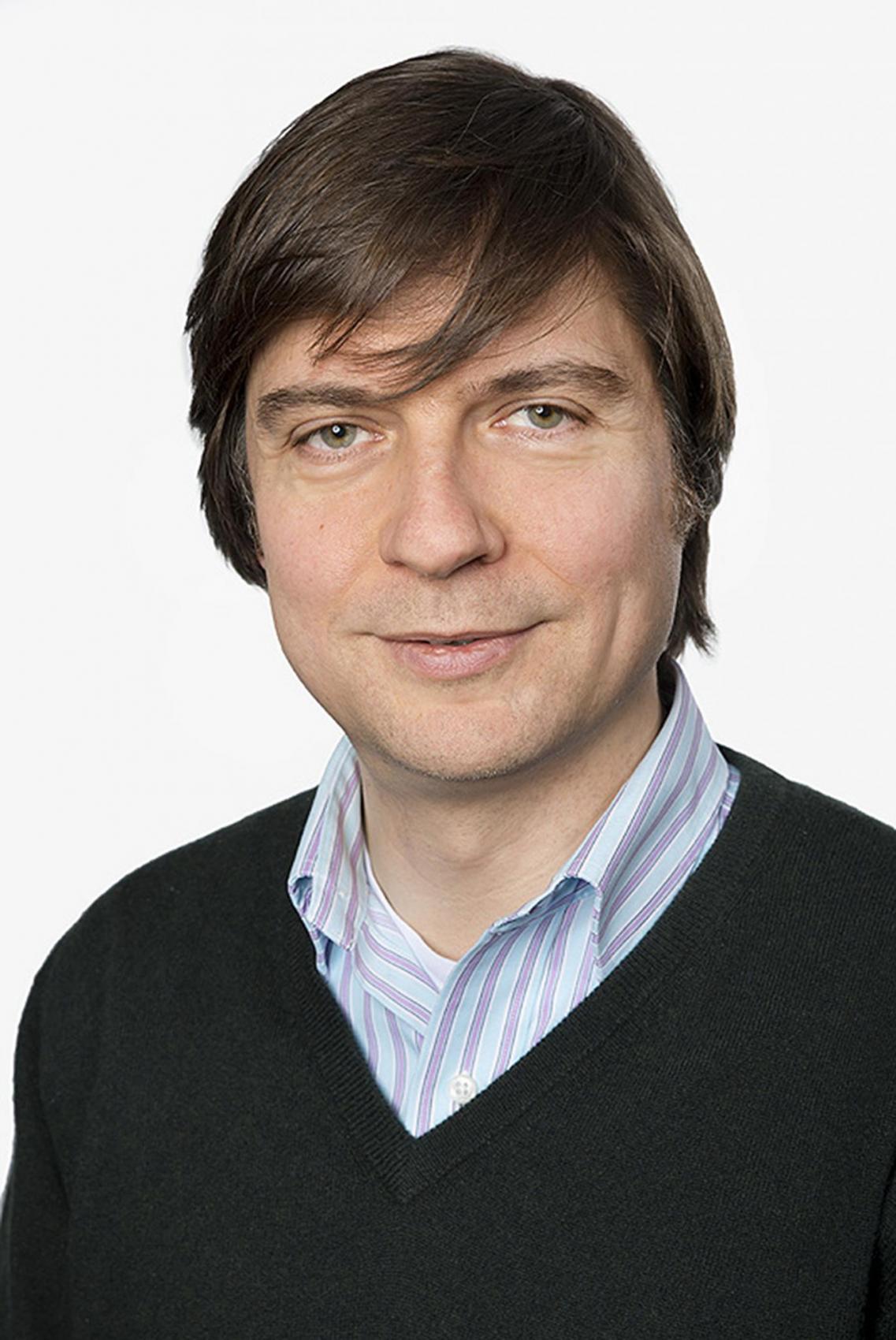
distinguished lecture series presents
Felix Otto
Max Planck Institute for Mathematics in the Sciences
Research Area
Mathematics
Visit
January 7, 2020 - January 9, 2020
Location
MS 6627

distinguished lecture series presents
Mathematics
January 7, 2020 - January 9, 2020
MS 6627

 Johannes Sjostrand
Johannes Sjostrand